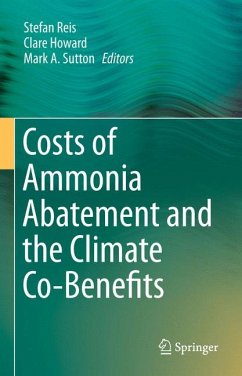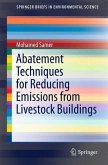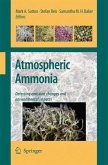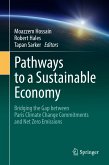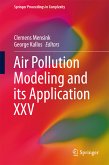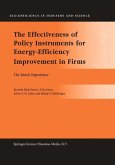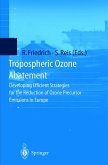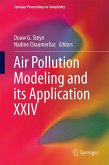Coverage examines all agricultural production stages starting from animal feed and housing, including the storage and application of liquid and solid manure and of mineral fertiliser. In addition, the book looks at the relationship between ammonia control and greenhouse gas emissions and details the GAINS (Greenhouse Gas and Air Pollution Interactions and Synergies) model for estimating costs and reducing ammonia emissions from agriculture. Examples and case studies from select European countries, including Italy, Switzerland, Russia, Ireland, and Spain, provide readers with detailed studies of ammonia abatement costs and the effectiveness of implementing control measures under different conditions. This book is the result of an Expert Workshop held under the auspices of the UNECE Convention on Long-range Transboundary Air Pollution (CLRTAP) and organised by the Task Force on Reactive Nitrogen (TFRN). The findings of this workshop have informed the development of documents supporting the revision of the Gothenburg Protocol and provided researchers and practitioners with vital new data. Bringing together a wealth of key information on the costs of ammonia abatement and the climate co-benefits, this monograph provides readers with deep insight into this complex issue.
Dieser Download kann aus rechtlichen Gründen nur mit Rechnungsadresse in A, B, BG, CY, CZ, D, DK, EW, E, FIN, F, GR, HR, H, IRL, I, LT, L, LR, M, NL, PL, P, R, S, SLO, SK ausgeliefert werden.

